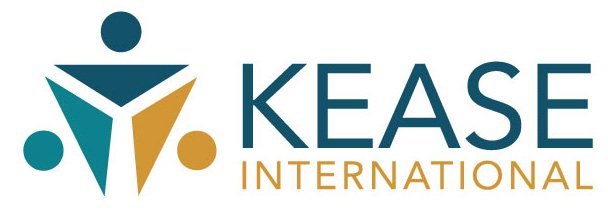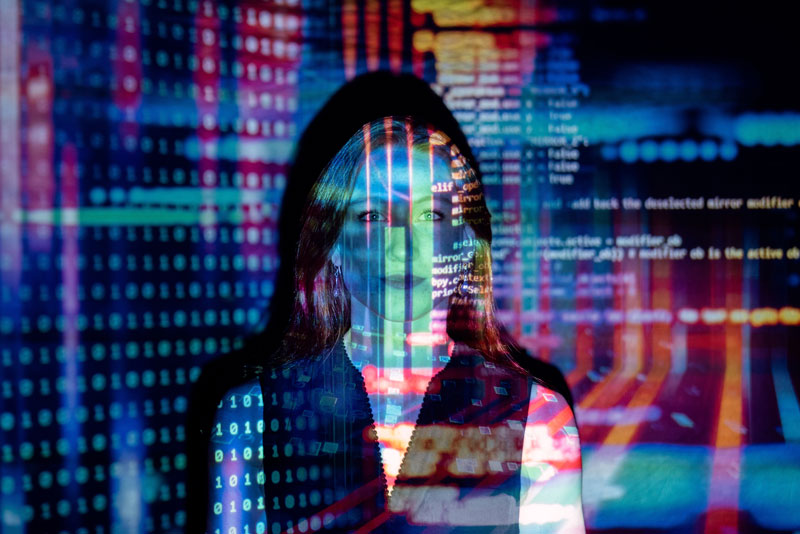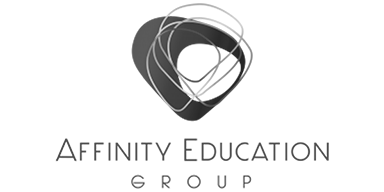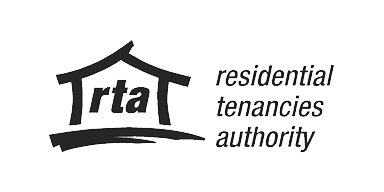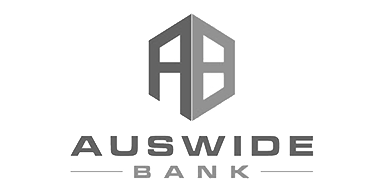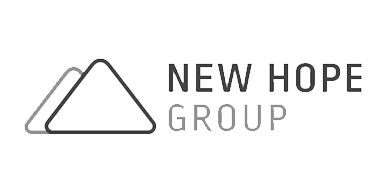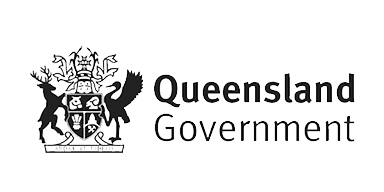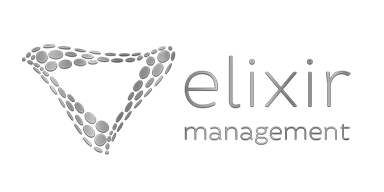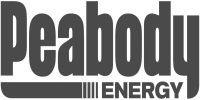Experts have been predicting the ‘future of work’ for some time now. And there is nothing like a global pandemic to fast track some of these predictions, or quite frankly completely turn them on their head!
Businesses that may have been thinking about remote working frameworks or leveraging technology/ AI have unwillingly had a crash course in new technology systems and ways of working. What we now have is a more tech savvy, flexible, wellbeing conscious, global talent pool that have seen the benefits of a different way of working. Going back to the ‘old way’ is not an option.
We love the below infographic that outlines the mindset shifts needed for organisation transformation to thrive in the new world. And these mindset shifts need to start and end with your leaders. So what will the future of work look like and what does this mean for your leadership?

From Profit to Purpose
The COVID-19 pandemic has really shone a light on what really matters to people. In the past the success of a business would typically be measured by the financials and how much profit they make. How a business has responded to the pandemic, including how they have supported their communities and their people has really had a lasting impact. The focus has had to shift from profit to survival to purpose and employee wellbeing. Those companies that looked after their people will reap the benefits.
We have seen an influx of redundancies across Australia and the world. Many enjoyed working for a corporate because of ‘job security’ which is hard to promise these days. The rise in redundancies have given people the opportunity to re-think what they want to do, where, when and how; and as a result, we have seen an increase in gig and contingent workers. Talent attraction, retention and development of the workforce (including gig and contingent workers) in the future is going to be different. Employees, workers and customers will want to work for/ with a business that has a clear purpose, looks after it’s people and has values that align with their own.
For generation Z, it is not enough for their employers to simply have a compelling purpose. They want to see purpose lived out authentically through bold actions (1). But it is not just Gen Z that have worked differently during 2020. All generations have gone through a fast change and have had the opportunity to reassess their purpose, which will impact who they work with/ for in the future.
From hierarchies to networks
In the past there has been a focus on the person moving to a job – whether it is a daily commute or physical relocation. When travel is restricted work still needs to be done. Business continuity has been a big focus of business’ response and survival of the pandemic. There has been a trend towards ‘bringing jobs to people’ and savvy businesses are seeing the benefit of this. You need an academic or a scientist with a particular skillset in Australia? What about looking at the talent pool across Australia, Asia Pacific or even the world. Imagine the skills, ideas and calibre of talent you could have access to remotely.
Businesses have also been planning for future talent needs and have recognised that they may not need a full-time employee based in Brisbane, and so the mindset is shifting further to a more contingent workforce.
At KEASE we operate on an associate model – we have our business vision, goal and employees but supplement this with Associates who are experts in their fields, who want to be part of a team and who want to work flexibly. And we have to say, it really works!
From controlling to empowering
Gone are the days when everyone needs to be sat in an office working core hours, being watched by leadership and judged if they take a slightly longer lunch break or talk too long at the coffee machine. For many leaders this was the biggest challenge in adjusting to working remotely – how do you know what your people are doing?! The answer is – you don’t! And that has to be ok. Businesses that are going to thrive are ones where there is TRUST that people will get the work done. There will be a focus on outputs instead of inputs – looking at productivity, feedback, completion of a construction project, engagement of a team as opposed to hours spent looking at a screen or being on site. Reward and recognition will need to shift too, this should also be focused on the outputs instead of inputs. Dolly Parton and her ‘working 9 to 5’ is no longer!
From planning to experimentation
The businesses that have survived the pandemic and will thrive in the future are those that have been agile. For example, to succeed in the future of the utilities industry, the right balance between reinventing, growing its core business, and expanding into new business models and revenue streams must be maintained (2).
A COVID-19 pulse of HR survey (3) found that:
- 87% of employees felt that businesses must adapt and may not survive
- 77% need more creativity to reinvent the business they are in
- 61% need to reskill the workforce to grow and adapt.
With access to a wider, adaptable talent pool, with fresh ideas and perspectives, and leveraging digital and AI there is huge opportunity for experimentation, growth and innovation.
Even the best laid plans at the beginning of 2020 were ripped apart. The future is uncertain, and leaders need to have flexibility, agility and innovation at the forefront.
From privacy to transparency
If there is a benefit of the COVID-19 pandemic, one of this could be the increase in openness and authenticity of leaders and their teams with each other. At the beginning of lockdown, many would still get up and dress for the working day, use zoom ‘corporate’ backgrounds and maintain a high level of professionalism. Fast forward a few months and jumping on a zoom call post morning run with kids and pets in the background and the washing hanging up is the norm. People have let their guards down and teams have felt more connected with their leaders seeing the ‘human’ side. To ensure the safety of the workforce and community, people have been willing to share event more personal data. People have placed trust in their leaders and have been more transparent.
Being comfortable to be transparent with what is going on in their lives or industry that may impact the delivery of work, take supply chains for example, has created a deeper level of trust and empathy. Leveraging this transparency, trust and deeper relationships to move forward is essential and the workforce and customers.
Businesses and leaders have already gone through huge mindset shifts but work is needed to ensure that this continues to happen. At KEASE we are passionate about human centred leadership and creating the right mindset shifts. To see how we can help you, take a look at our website.
—
References:
1 https://www.weforum.org/agenda/2020/01/millennial-gen-z-talent-workplace-leadership/
3 COVID-19 pulse of HR – PwC, joshbersin, cultureX and MITSloan
